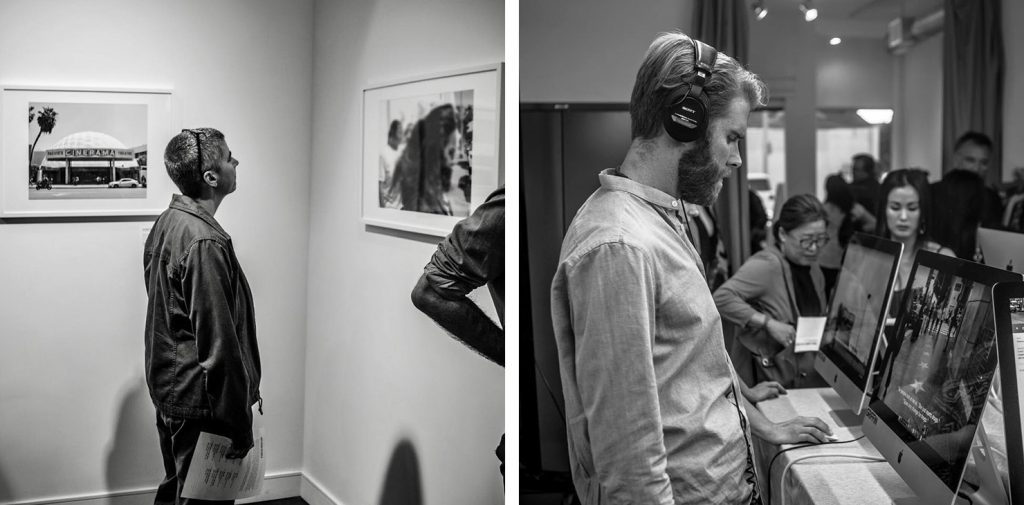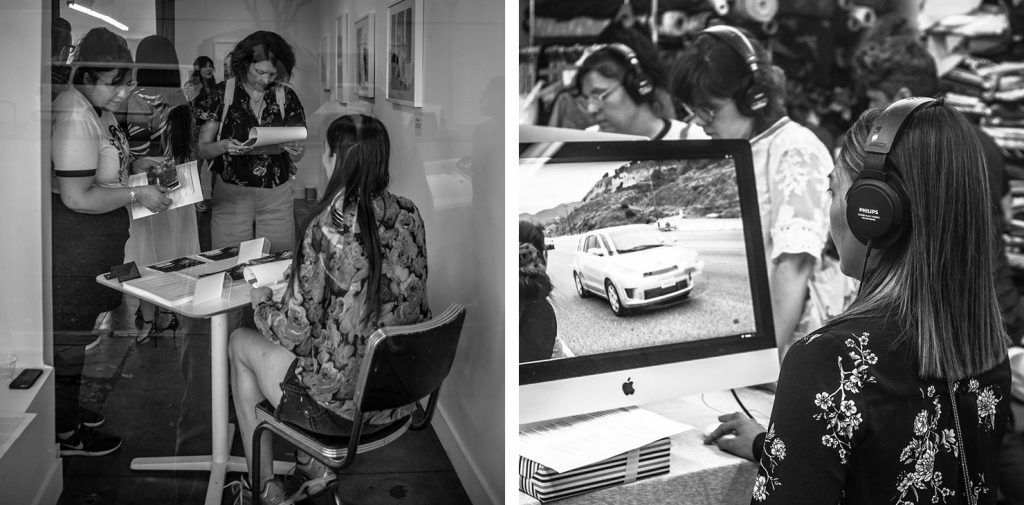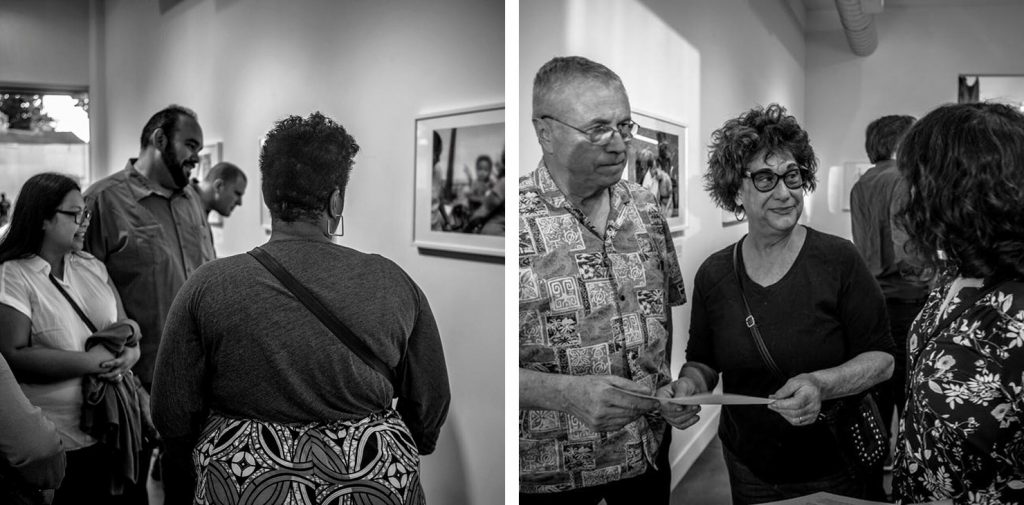When I approached T and C about this project, I had already spent a few years reflecting on the issue of homelessness through photography. I’ve often received encouragement from peers for shedding light on this critical social issue but I always had a nagging feeling about the imbalance between the power of my gaze and their state of disempowerment (whether real or perceived) whenever I took pictures of people experiencing life in the streets. The common response of other photographers to my uncertainty is, “If your intention is to tell authentic, empathetic stories, it’s ok.” I appreciated the pat on the back but I couldn’t put my trust solely in my intentions—which, among other things, are separate from the final output and its effect—to guide me through the murky waters of gaze and representation. Who has the power to see and to tell? Who has the authority to correct when narratives become altered, distorted, and appropriated, even with the best of intentions? As I dove into these questions, I began to see a proliferation of images by well-intentioned street photographers that were cinematic and arresting but that also sensationalized and even fetishized the homelessness experience. This was what my nagging sensation was warning me against.
T and C were understandably hesitant to participate in this project. To have an outsider capture your experiences is unnerving to say the least, especially regarding stigmatized issues such as mental health, homelessness, poverty, and substance use. Nevertheless, the three of us cautiously transitioned into a collaborative rhythm and we navigated the subtleties of power and power shifts: the power of possession (my car, my camera, my grant money), the power of experience and knowledge, the power to ask, to listen, to take, to receive, the power to say no. Our process also taught me how to better observe and contextualize a story not my own in an intimate yet respectful way. However, the dilemma of gaze, representation, and intention is one without a routine solution for me and will necessitate the ongoing discipline of scrutiny and examination.
T and C’s journey along the streets of Los Angeles covers the width and breadth of human experience: time, space, love, loss, joy, pain, and all the in-betweens. I made no attempt to capture it and I released T and C from a linear narrative structure as much as possible. This approach may make their story a challenge to absorb but it is a more genuine reflection of the lived experience and its scope.
.
Helen H Kim
Artist




